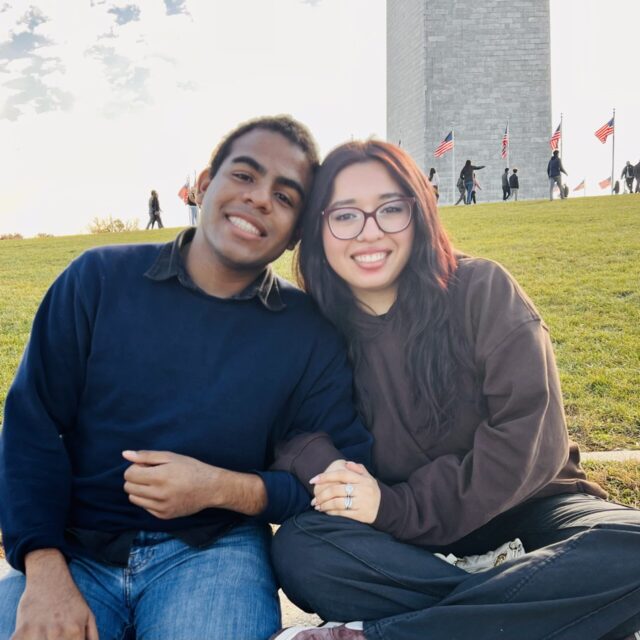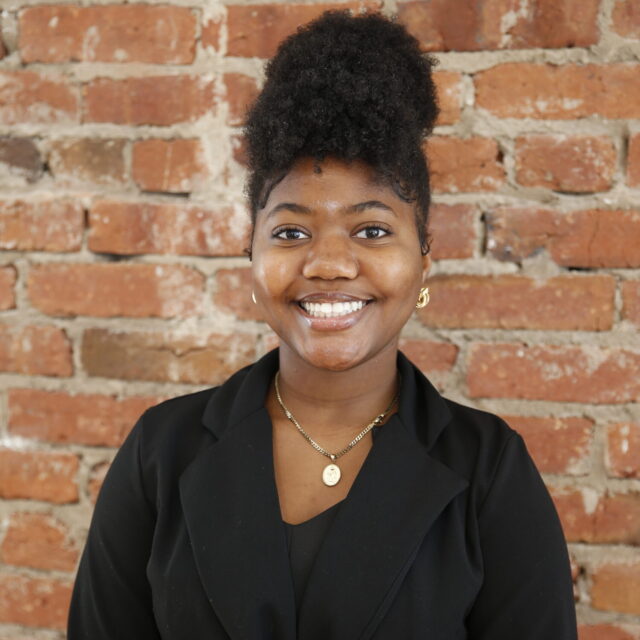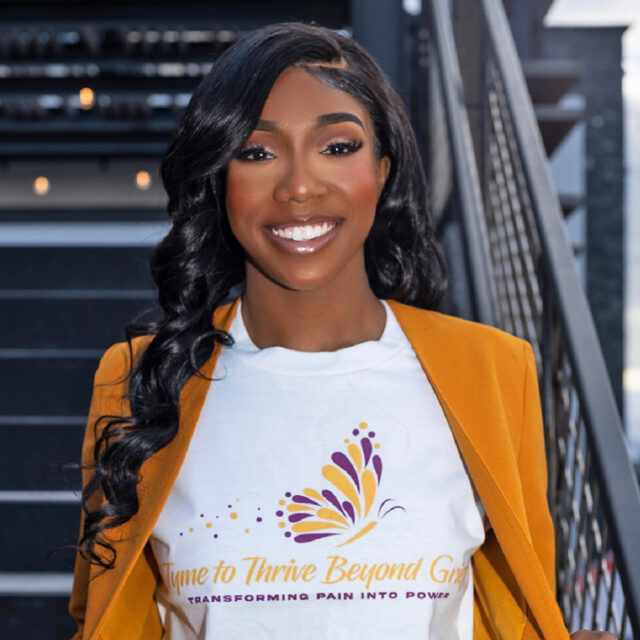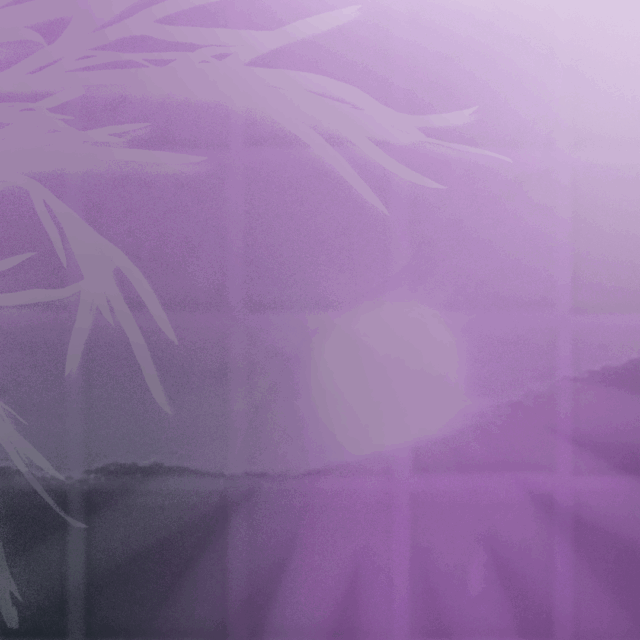Surviving a Gun Violence Spinal Cord Injury Changes Everything
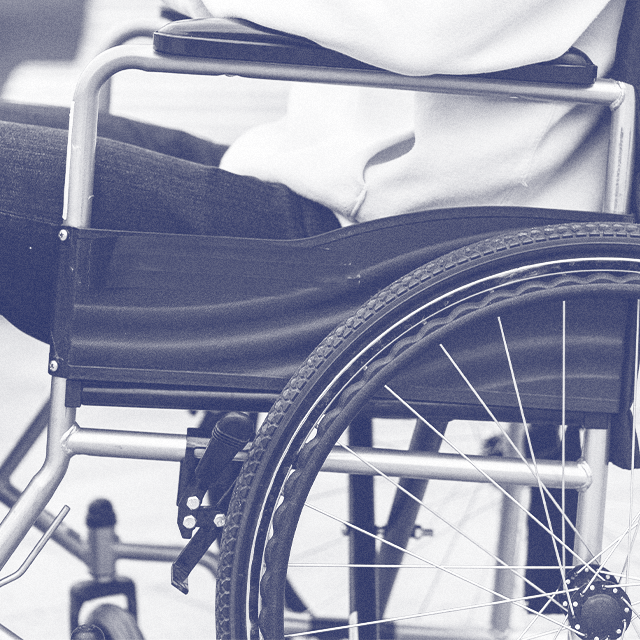
3.18.2025
Pedro Ventura only intended to spend a single night in Asheville, North Carolina. The 31-year-old, who built a career in the music industry, made the cross-country trip from his Los Angeles home for a college friend’s wedding. But, hours after the ceremony while waiting outside a gay nightclub, Pedro was struck by a bullet in a drive-by shooting.
Pedro quickly learned there’s a stigma when a spinal cord injury results from gun violence. As an Afro-Latino man navigating the legal and medical systems, he experienced an additional layer of assumptions about the circumstances of the shooting. Pedro initially interpreted police officers as apathetic and unmotivated to close the case during their interactions. In doctor’s office visits, his mother was quick to say, “It’s a gunshot wound, but it was random,” Pedro said. “And it shouldn’t have to be that way.”
The spinal cord sends and receives signals between the brain and the rest of the body. Spinal cord injuries can impact any part of the spinal cord from the base of the skull to the lower back, including the nerves. These injuries often cause permanent changes, including full or partial paralysis. According to the Spinal Cord Research Center at Mount Sinai Hospital, gunshot wounds are the third-leading cause of spinal cord injury nationwide, making up roughly 14 percent of all spinal cord injuries in the United States. Individuals with spinal cord injuries resulting from gun violence may struggle with the emotional trauma of gun violence in addition to the physical ramifications. In turn, this can contribute to additional hardship and feelings of isolation among these survivors.
After stabilizing medically and returning to Los Angeles, Pedro found a sense of community in a local social organization for survivors of spinal cord injuries. “It has been a huge game changer,” said Pedro. “It just turned everything around for me.” He met individuals who had spent decades living in wheelchairs who could provide hope, share wisdom about his care, and offer suggestions for self-advocating.
But even among peers who could relate to much of Pedro’s story, he felt isolated due to the circumstances of his injury. “One of the activities involved taking everyone to a shooting range. Even though that’s my spinal cord injury community, they don’t understand that I don’t [want to be around] guns. So it is different.”
In the fall of 2023, Pedro joined the Everytown Survivor Network’s Fellowship program and also began attending the Everytown Survivor Network’s monthly peer support call for wounded survivors of gun violence. There, he met and developed a friendship with fellow survivor Julie Ort, a Colorado resident, mother to adult twin sons, and an avid reader and writer.
Julie was drawn to Pedro because of his thoughtful responses during the calls. “He spoke so eloquently about so many issues. I was like, ‘I want to meet this guy and talk to him. He has a lot of good ideas.’ But the spinal cord injury similarity [also] has been helpful to me…it was very hard for me because I didn’t feel like I had that community. I’ve spent my whole life trying to pretend that I’m [able-bodied]. And it took me 40 years to realize what a toll it’s taken on me to deny this whole part of my existence, which also makes the spinal cord injury that much harder. And so owning that and saying, ‘Yes, I’ve had this disability. It’s affected my life every minute of the day, but I’ve pretended that it hasn’t.'”
Julie, who is white, was 13 when she and a group of 13 other girls threw toilet paper on the home of an unknown neighbor at a sleepover. The neighbor responded by shooting at the group of middle school-aged girls. “I was hit in the back and immediately rendered paralyzed from the chest down. Through rehab and over time, I was thankfully able to regain significant function back. I now walk with a pronounced limp and with the assistance of two canes and a leg brace,” said Julie.
At just 13, Julie faced significant backlash from her local community. “I remember I would just dread going to the cafeteria for dinner [while hospitalized following the shooting] because people just loved to debate the merits of what had happened to me. Even some of my fellow paraplegic patients said that I deserved it or he was in his right to shoot me.” Julie said, “There was so much shame. I felt maybe I didn’t have a right to speak up because I was doing something wrong; I was toilet-papering. I felt like if I did speak up, I would hurt the [gun violence prevention] movement.”
In cultivating a friendship with Pedro four decades after the shooting, Julie learned that she wasn’t alone in her self-blame.
“The night that [the shooting] happened, I had been drinking at a wedding. For a long time, I blamed myself,” said Pedro. “Maybe if I had not been out late or had been sober, it wouldn’t have happened. It took a long time to heal from that. It was meeting other wounded survivors that I realized that that’s not okay and that shouldn’t have happened to me. As a young person, of course I have a right to go to a friend’s wedding, have a good time, and have a few drinks. That doesn’t mean I’m responsible for getting shot and my ensuing disability.”
Julie noted that while our society talks about acts of gun violence, the conversations often fail to include how gun violence alters the lives of those impacted by it. After surviving a gunshot wound, everything from a loud noise in public to an uneven sidewalk can be a reminder of the repercussions of an act of gun violence. “There’s not a step I take where I’m not thinking about ‘is the ground even?'” said Julie.
Julie and Pedro noted that the impact of the gun violence extended beyond themselves and has altered the lives of those in their support network. “Everyone in my life that loves me or cares about me is also a survivor because they’ve also been affected by this,” said Pedro. “I have a 12-year-old little cousin who is afraid to go to school because of school shootings, and he saw what happened to me. We’re all survivors in a way.”
Their families and loved ones also helped them navigate the profound financial implications of their care. Pedro’s partner started a GoFundMe campaign shortly after the shooting, raising nearly $750,000 for Pedro’s medical expenses. But just five years later, Pedro spent almost the entire sum on his care despite his comprehensive health insurance coverage. Last year alone, Pedro’s health insurance covered $425,000 of claims related to his spinal cord injury. “And I’m just one person. I plan to be alive for the next 30, 40 years,” said Pedro. “What’s the total going to be? The costs are exorbitant.”
Pedro and Julie met in person for the first time in Washington, D.C., at Everytown’s Gun Sense University in June of 2024. They are both very grateful for their friendship and credit it with helping them heal and advocate for common-sense gun laws.
“I’ve got someone who understands where I’m coming from,” said Julie. Among the number of people living with permanent injuries, those wounded by gun violence are a comparatively small subgroup. Julie explained, “And then spinal cord injuries are an even smaller subset. So, finding someone who speaks your language and understands what you’re talking about is really helpful in launching yourself into the world of activism…For me, there’s beauty in knowing that you’re not alone and that there’s finally someone who has your back.”
“I really feel that way with Julie,” Pedro added. “She advocates for me. I do a good job of advocating for myself, and she also advocates for me, too. And there’s hope in that community.”


